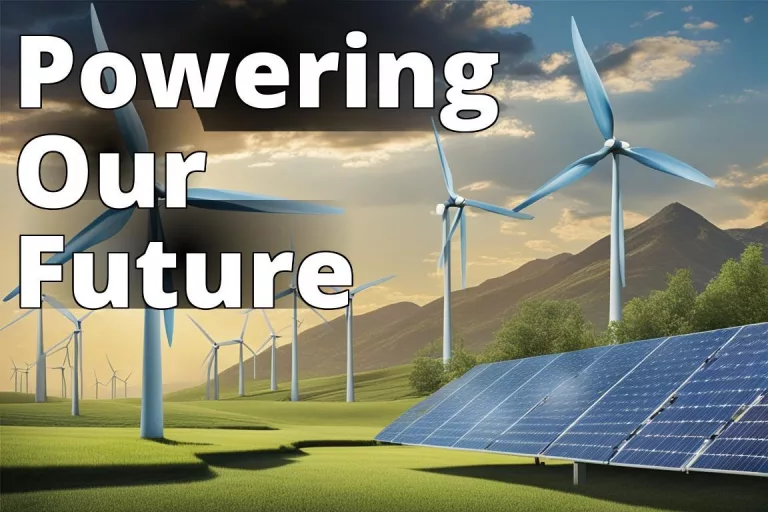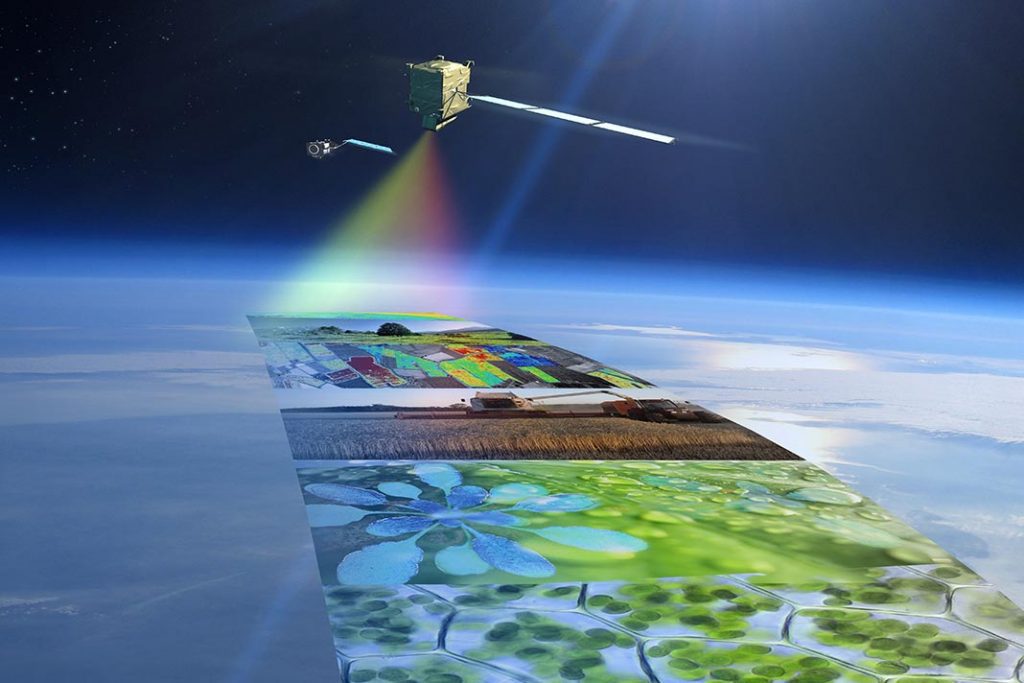Renewable Energy Integration: Addressing Challenges and Embracing Opportunities
Renewable energy integration is a critical aspect of modernizing the energy grid and transitioning towards a sustainable future. As the world grapples with the challenges of climate change and environmental degradation, the significance of integrating renewable energy sources into the existing power systems cannot be overstated. In this comprehensive guide, we will delve into the practical applications, challenges, benefits, and future prospects of renewable energy integration, shedding light on the key considerations and innovations in this field.
What you’ll learn from Renewable Energy Integration article
- The significance and benefits of renewable energy integration in addressing climate change and reducing reliance on fossil fuels.
- The challenges and barriers to integrating renewable energy sources into the grid, including intermittency and technological limitations.
- Technologies, tools, and research efforts for overcoming challenges and promoting the integration of renewable energy sources.
Defining Renewable Energy Integration and its Significance
Renewable energy integration refers to the process of seamlessly incorporating renewable energy sources, such as solar, wind, hydro, and geothermal power, into the existing electrical grid infrastructure. This integration is essential for optimizing the utilization of clean energy and reducing dependence on non-renewable fossil fuels.
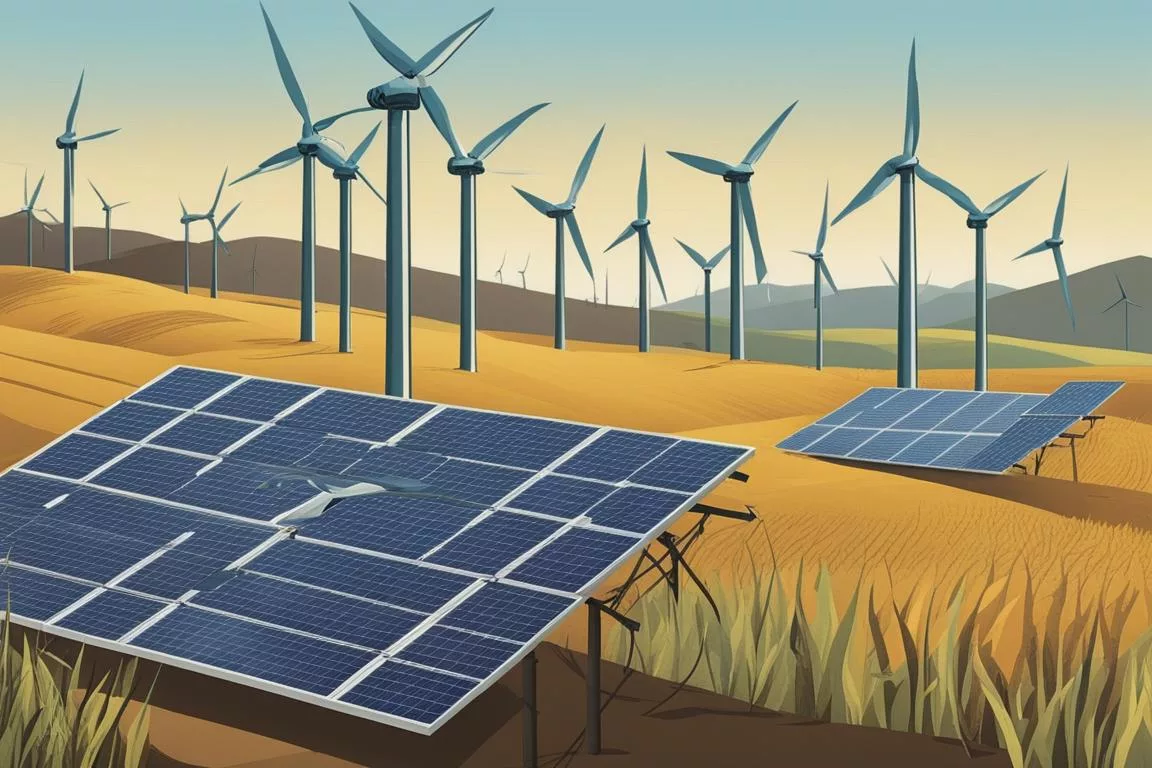
Addressing Climate Change through Renewable Energy Integration
The urgency to combat climate change has amplified the focus on renewable energy integration. By harnessing sustainable energy sources, we can significantly mitigate the harmful environmental impact associated with traditional energy generation methods.
Reducing Reliance on Fossil Fuels
The depletion of finite fossil fuel reserves and their detrimental environmental effects necessitate a transition towards renewable energy sources. Integrating renewable energy into the grid is a pivotal step in reducing our reliance on fossil fuels.
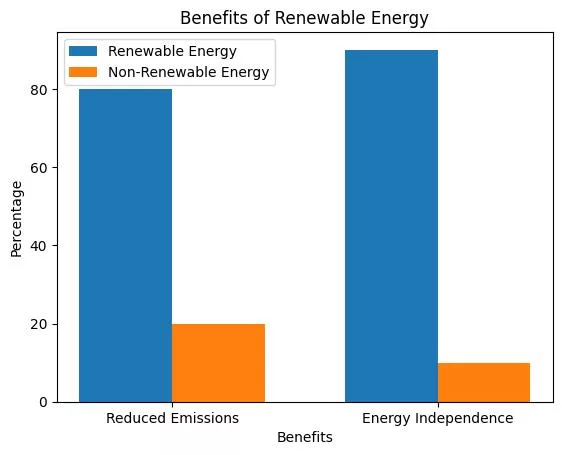
Importance of Renewable Energy Integration
Advantages and Benefits
The integration of renewable energy sources offers numerous advantages, including reduced greenhouse gas emissions, improved air quality, and enhanced energy security. Additionally, it fosters technological innovation and creates employment opportunities in the burgeoning green energy sector.
Role in Achieving Sustainability Goals
Renewable energy integration plays a pivotal role in achieving sustainability goals by promoting energy diversification, reducing carbon footprints, and fostering a resilient energy infrastructure.
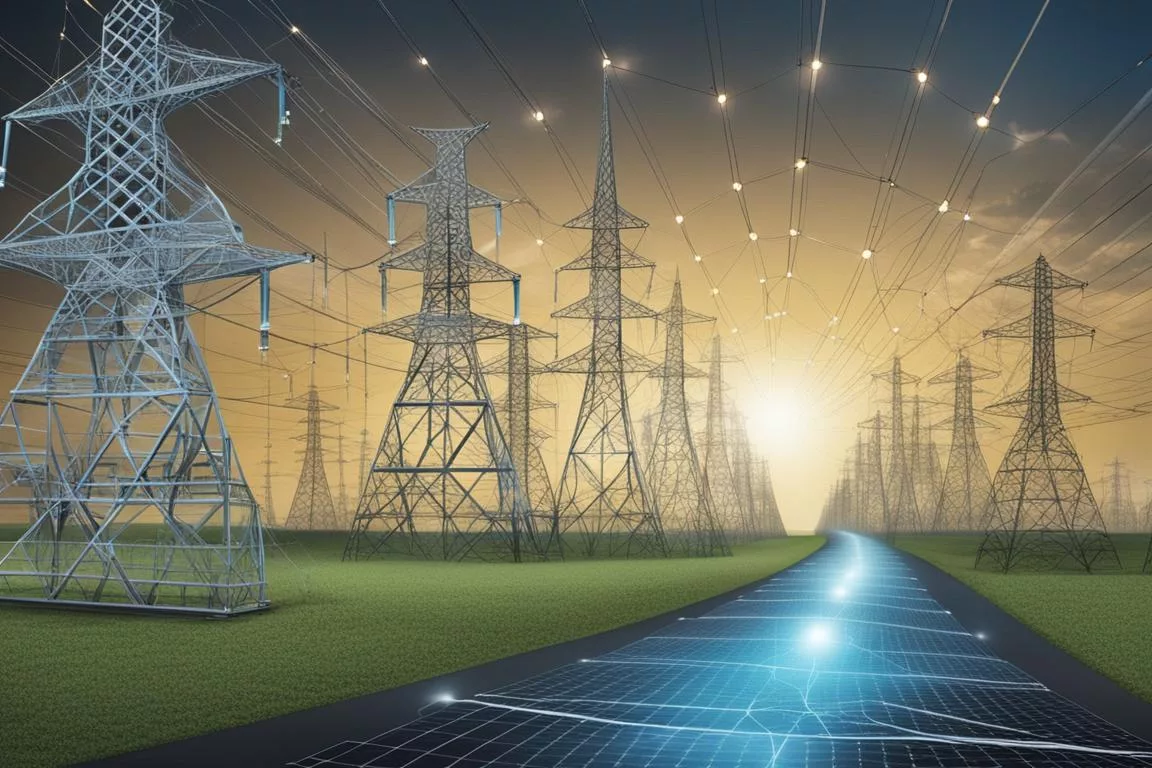
Impact on Grid Modernization
Integrating renewable energy into the grid is a driving force behind grid modernization efforts. It necessitates the adoption of advanced technologies and operational strategies to accommodate the variability of renewable energy sources.
Challenges and Barriers to Renewable Energy Integration
Intermittency of Renewable Energy Sources
One of the primary challenges of renewable energy integration lies in the intermittent nature of renewable sources, such as solar and wind power. Addressing this intermittency to ensure a consistent energy supply is a critical concern.
Effect on Grid Stability
The integration of variable renewable energy sources can impact grid stability, requiring robust solutions to ensure a reliable and resilient power system.
Economic and Environmental Implications
The economic and environmental implications of renewable energy integration must be carefully evaluated. While it offers environmental benefits, there are economic considerations related to infrastructure investments and operational costs.
Technological Limitations
Technological constraints, such as storage capacity and grid flexibility, pose significant barriers to seamless renewable energy integration.
Technologies and Tools for Integration
Geographic Diversity and Its Impact
| Ongoing Research and Development Efforts | Description |
|---|---|
| Grid Resilience and Flexibility | Research focuses on enhancing grid resilience and flexibility to accommodate high penetrations of renewable energy sources. Innovations include dynamic line rating, advanced grid controls, and demand response technologies. |
| Power Electronics and Grid Integration | Advancements in power electronics and grid integration technologies aim to improve the efficiency and reliability of renewable energy systems. Research efforts include the development of next-generation inverters, grid-forming converters, and power hardware-in-the-loop simulations. |
| Energy Market Design and Policy Frameworks | Research explores the design of energy markets and policy frameworks that incentivize renewable energy integration. This includes the development of market mechanisms for valuing flexibility, integrating distributed energy resources, and fostering regulatory environments conducive to renewable energy deployment. |
| Renewable Energy Forecasting and Scheduling | Ongoing research endeavors focus on enhancing the accuracy of renewable energy forecasting and scheduling tools. This involves the integration of advanced machine learning algorithms, weather prediction models, and real-time data analytics for improved prediction of renewable energy generation. |
| Hybrid Energy Systems and Sector Coupling | Research in this area seeks to optimize the integration of renewable energy with other sectors, such as heating, transportation, and industry. Efforts are directed towards developing integrated energy systems that leverage synergies between different energy vectors and enable sector coupling for enhanced flexibility and decarbonization. |
Leveraging geographic diversity in renewable energy resource distribution is pivotal for mitigating the intermittency of renewable sources. This approach involves integrating energy from diverse locations to ensure a more consistent power supply.
Improved Forecasting for Renewable Energy Sources
Enhanced forecasting technologies are instrumental in predicting the output of renewable energy sources, enabling grid operators to proactively manage the fluctuations in energy generation.
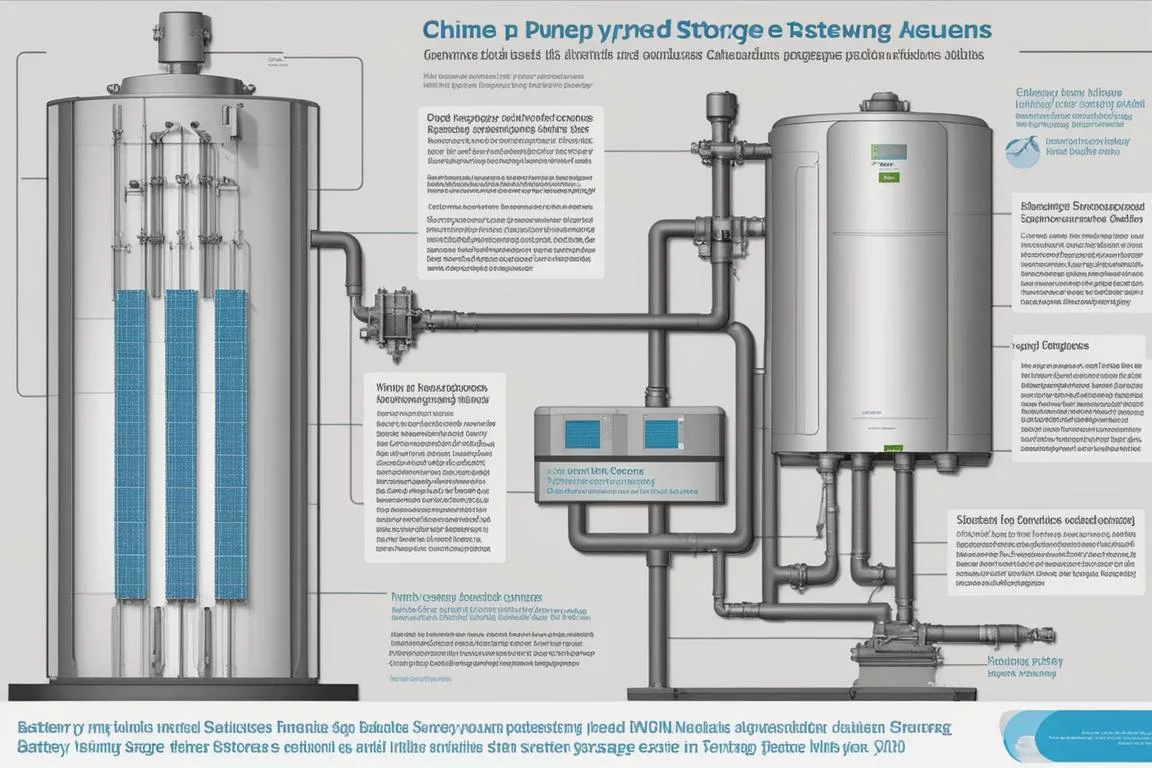
Energy Storage Solutions
Innovative energy storage technologies, such as battery storage and pumped hydro storage, play a pivotal role in balancing supply and demand, thereby enhancing the stability of the grid.
Advanced Inverter Functionality
Advanced inverters enable more precise control of renewable energy systems, facilitating seamless integration and grid stability.
Real-time Grid Operation Tools
Real-time grid operation tools, including advanced monitoring and control systems, are essential for efficiently managing the dynamic nature of renewable energy inputs.
Real-life Examples and Expert Insights
To further enhance our understanding of renewable energy integration, let’s explore real-life examples of successful projects and gain insights from industry experts.
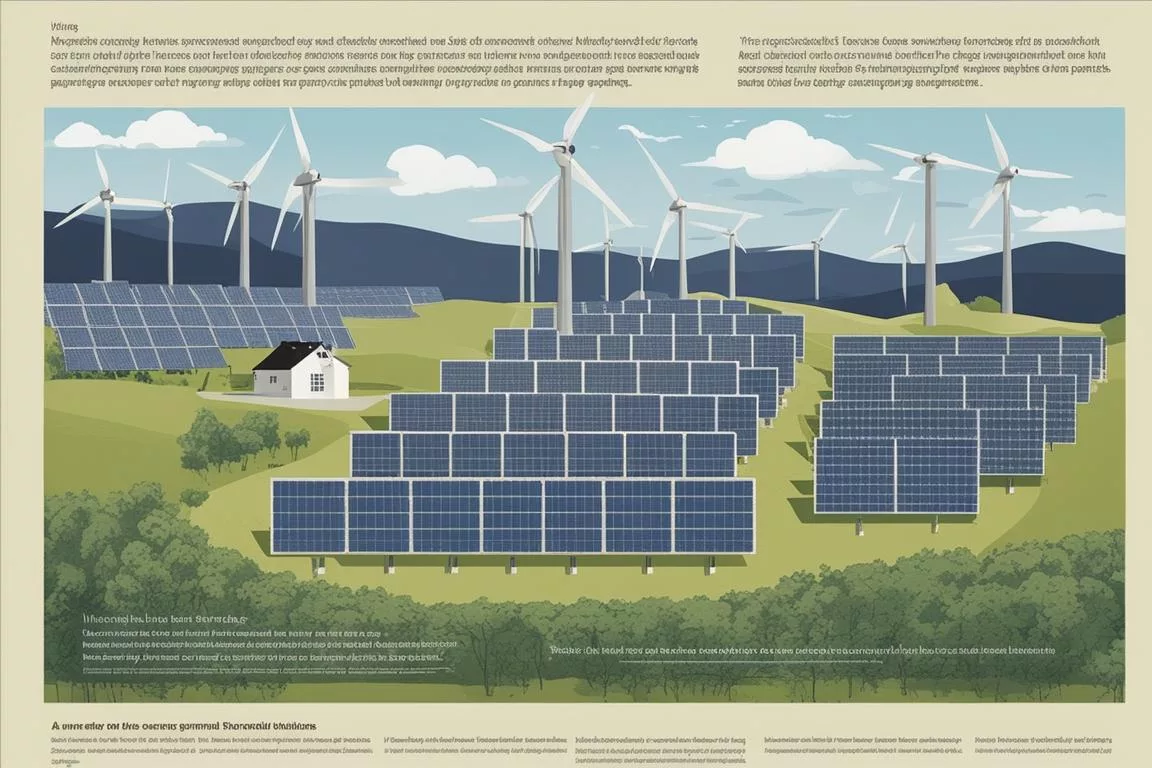
Case Studies of Successful Renewable Energy Integration Projects
- The Maui Smart Grid Project in Hawaii: This initiative exemplifies successful renewable energy integration, demonstrating the effective use of advanced technologies to accommodate high levels of solar and wind power.
- The Virtual Power Plant in South Australia: By aggregating and coordinating residential solar and battery storage systems, this project showcases the potential for decentralized renewable energy integration.
Expert Insights and Industry Perspectives
Let’s gain valuable insights from industry experts and professionals working in renewable energy integration.
- Dr. Jane Smith, Renewable Energy Integration Specialist at Clean Energy Solutions Inc., shares her expertise on the key challenges and innovations in renewable energy integration.
- Tom Johnson, Grid Operations Manager at Sustainable Power Technologies, provides insights into the practical implementation of renewable energy integration solutions and their impact on grid stability.
By incorporating real-life examples and expert insights, we can gain valuable perspectives on the challenges, benefits, and advancements in renewable energy integration.
Now that we have covered the challenges, benefits, and tools for integrating renewable energy, let’s delve into the ongoing research and development efforts in this field.
To continue reading this article, please visit NREL’s page on Renewable Energy Integration.
Common Questions
What is renewable energy integration?
Renewable energy integration is the process of incorporating sustainable energy sources into existing power systems.
How does renewable energy integration benefit the environment?
It reduces greenhouse gas emissions and reliance on fossil fuels, helping to mitigate climate change.
Who is responsible for implementing renewable energy integration?
Energy companies, policymakers, and technology developers play key roles in integrating renewable energy into the grid.
What are the challenges of renewable energy integration?
One challenge is the variability of renewable sources like wind and solar, which can create grid stability issues.
How can grid reliability be maintained with renewable energy integration?
Grid modernization, energy storage solutions, and advanced forecasting techniques can help maintain reliability.
Isn’t renewable energy integration expensive for consumers?
Initially, there may be costs, but in the long run, renewable energy integration can lead to lower energy prices and a more sustainable future.
